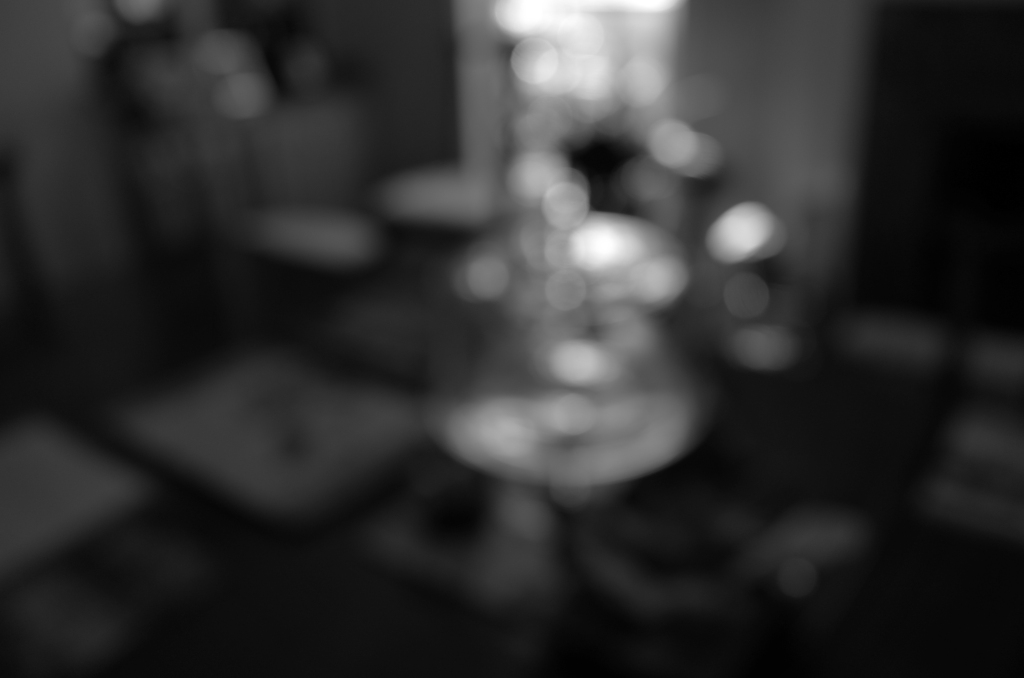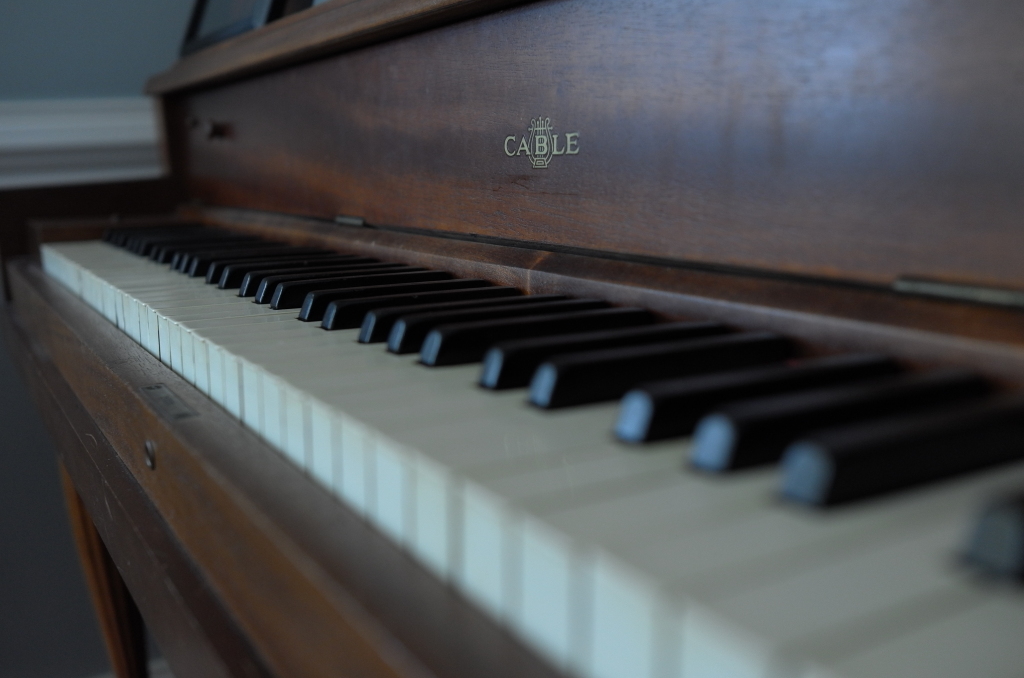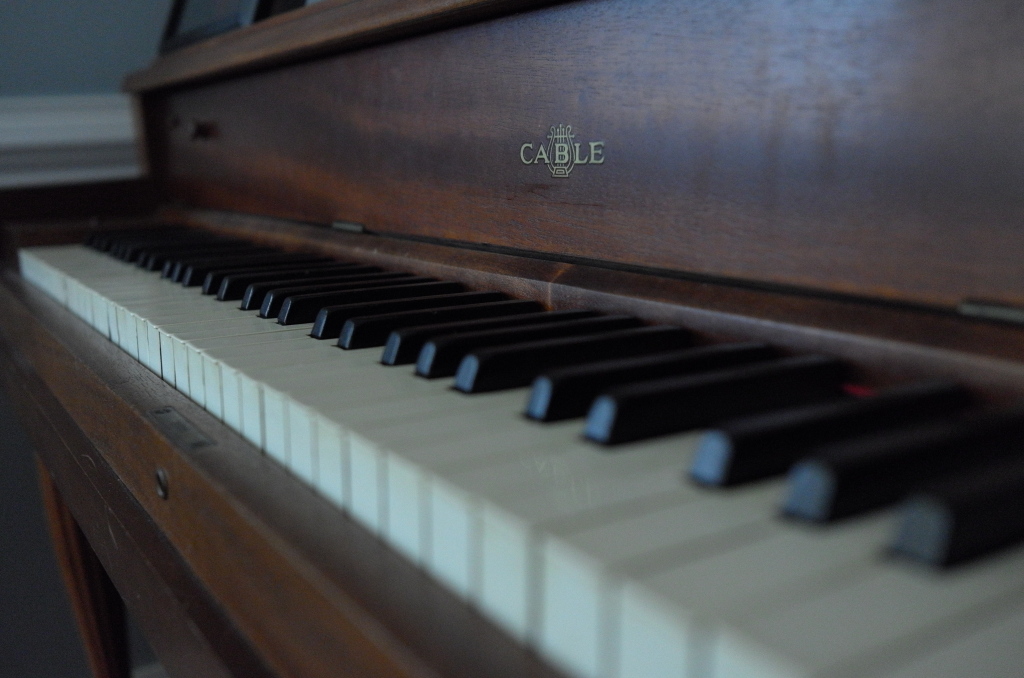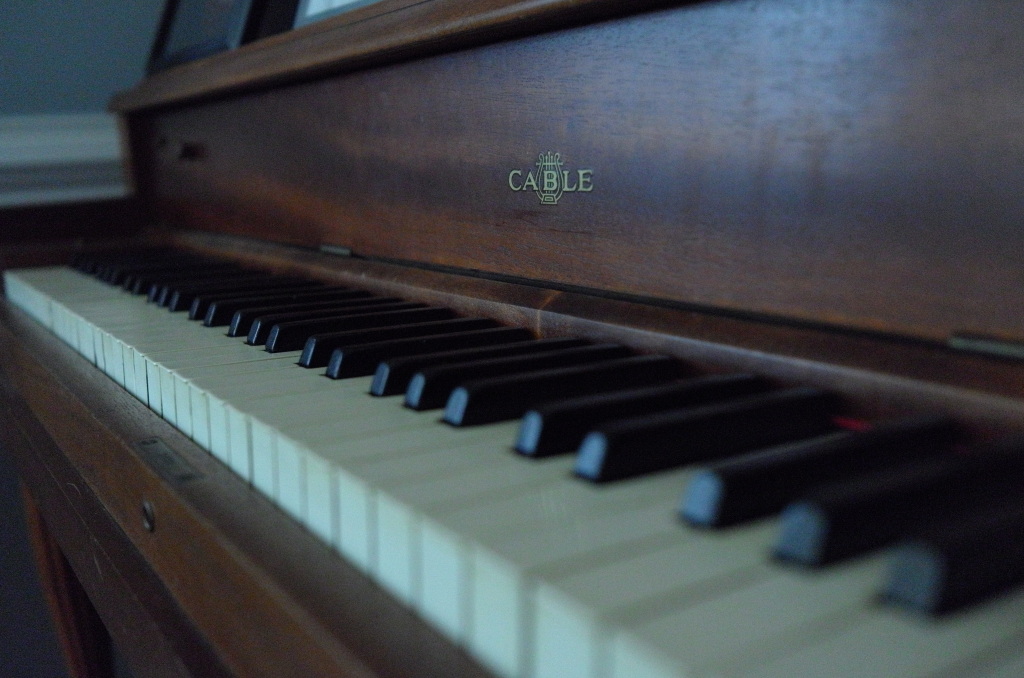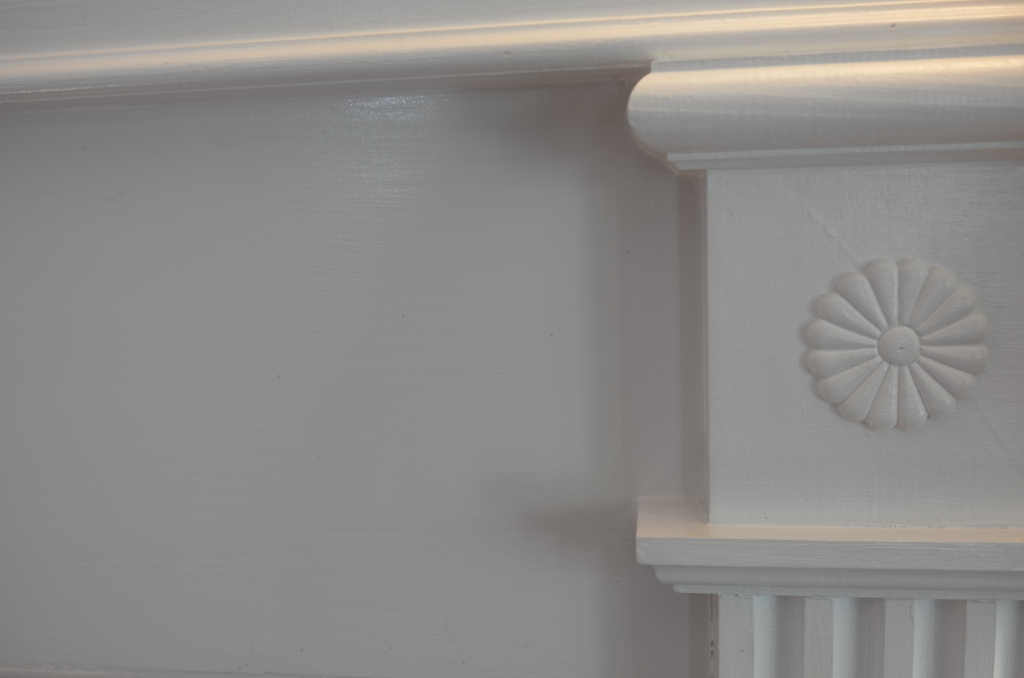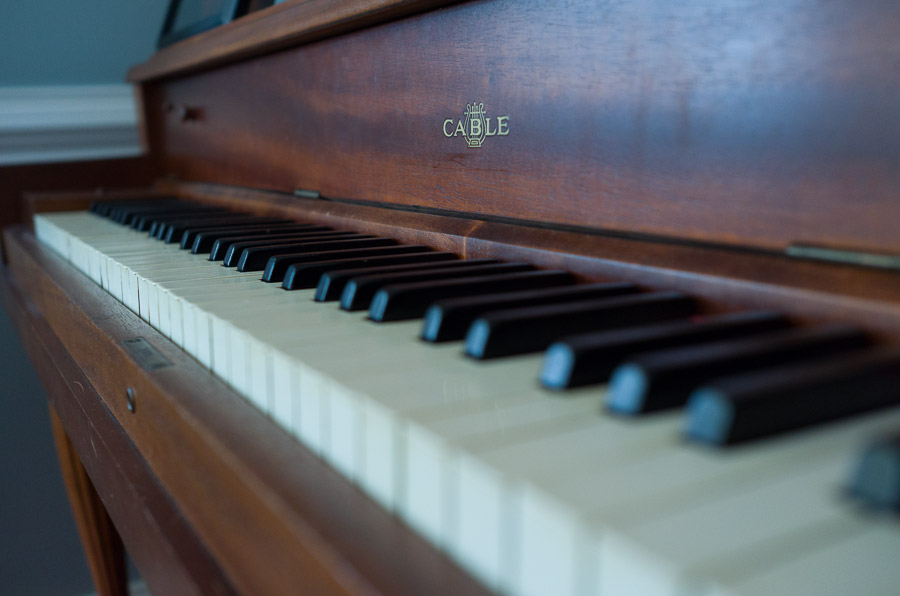
Hopefully, if time permits, I will get several parts out for this review. For now, this is a quick look at some out-of-camera JPEG’s (OOC for short). I looked carefully at the same OOC JPEGs in the Fuji X series and was pleased. Let’s see what we find here in fixed lens Leica now that the Leica T is out with interchangeable lenses and effectively, the same sensor as the Leica X.
Bokeh
The Summilux lens attached to the newest of the Leica X series sports an f/1.7. This was done, in part, because of some negative hype on the Leica X Vario which started several stops behind an f/1.7. Do know, however, that the lens on the X Vario is one of the sharpest lenses, corner to corner, that Leica has, especially in the realm of so few zooms. One somewhat hidden concession on the X Type 113 was close focus. This effective 35mm lens focuses down to 0.2 meters, compared to the 0.7 meters on the best of the standard Leica M Lenses (Macro 90 aside). When the X Type 113 focuses this close, the f/stop is set to a minimum of f/2.8. The shot below shows us the bokeh still available at f/2.8
Notice that even with the f/stop partially closed, the out of focus circles are smooth, the bokeh is smooth and not rough. I shot this image about 3 feet from a glass cake dish on a dining room table and manually focused the lens as close as possible. I could see better bokeh, but when I pressed the shutter button, it stopped down automatically to f/2.8. I like this.
High ISO
Clearly another point of interest will be how well the higher ISO works. I took several shots of a piano, starting at ISO 800 and available light. The last shot was at ISO 6400. Let’s see what we get.
This is at an ISO 800 and at close range is an f/2.8. The wood tones even with the glare are crisp and have nice tones.
Ratcheted all the way up to ISO 3200, the color still seems fairly free of high ISO rainbows although the detail begins to suffer a slightly and the high bokeh highlights on the black keys (right side) are exhibiting some cold speckles. Overall, this is still usable and has had no adjustments for noise or otherwise.
While the ISO 6400 is probably usable in very small prints (5×7 or smaller) and is usable if nothing else is available in the way of light, the color speckles are clearly evident in the white keys and the shadowed wall (upper left). However, comparing the top end at 6400 to the next ISO down at 3200, the difference is remarkable. The noise at ISO 3200, in Leica tradition, appears more like grain than noise.
Some will surely argue that 3200 is not very good. But, while I didn’t include an image, it is very safe to say that ISO 1600 is clear and well rendered. I would have enjoyed some half-stop ISO’s similar to the M series as I believe ISO 2500 would have worked well in this camera body.
White Tonal Range
The last item we’ll look at today is what I term the white tonal range. I want to know how the camera works with a pure white subject that has some lighting and some shadow. It is easier to see how the AWB works with a white subject and it is also a good test of the level of detail in white tonal ranges. The obvious next test is using a black subject for shadow reviews, but that will be another day.
This shot had day light from the right side along with a fluorescent lamp on the right side. The small glare in the upper middle area is the daylight, well set. The fluorescent light is somewhat as expected and not white at all. Mixing white and various temperatures of light cause at least one light source to be out of balance. In this case, I’d prefer this color rendering over a green or blue hue. The detail in the wood and paint shows nicely. This shot was wide open and hand-held, so please don’t hold me accountable for perfect sharpness.
This is all I have time for today, but I am anxious to see more of what this lens does outside and with backlit subjects. The few images I have are promising on this front, but I’ll save them and take more. I also have found what appears to be a great black and white combo setting for OOC JPEGs, but I’m going to take some more images and compare them before publishing.
So far, so good!
